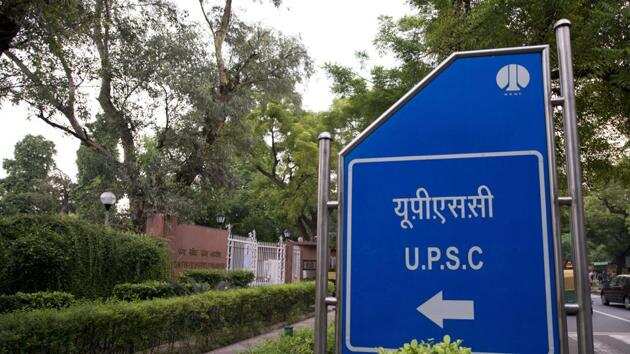
LATERAL ENTRY INTO THE ADMINISTRATIVE SERVICES
CONTEXT
- The Union Public Service Commission (UPSC) has issued an advertisement to recruit 30 persons at the Joint Secretary and Director level in the Central administration through lateral entry in the second round. Earlier, eight persons, mostly domain experts, were selected for various Departments and Ministries.
MORE ABOUT LATERAL ENTRY
- Lateral entry means the appointment of specialists from the private sector in government organisations.
BENEFITS
- Lateral recruitment is aimed at achieving the twin objectives of bringing in fresh talent as well as augments the availability of manpower.
- Government has, from time to time, appointed some prominent persons for specific assignments in government, keeping in view their specialised knowledge and expertise in the domain area.
- The Surinder Nath Committee and the Hota Committee followed suit in 2003 and 2004, respectively, as did the second ARC.
- Political economy – Pushback from bureaucrats, serving and retired, and the sheer institutional inertia of civil services has existed largely unchanged for decades have prevented progress. That stagnation means the civil services as they exist today—most crucially, the Indian Administrative Service (IAS)—are unsuited to the country’s political economy in many ways.
- The quasi-monopolistic hold the career civil services on the senior management position breeds complacency, inhibits innovative thinking and also prevents the inflow of the new ideas from outside government.
- There is a huge shortfall in a number of recruits, such as 20% shortage of IAS officers in 24 state cadres of India. In fact, the Baswan Committee has pointed out the huge deficit of the officers
- The lateral entry will bring in much-needed outside experience, buffer the talent within the administration and challenge the IAS into continuous self-improvement.
- Furthermore, both the Central government and also many state governments have appointed both advisers and consultants on an ad-hoc basis, for fixed tenures or even on an open-ended basis.
- E.g. C. Rangarajan and Montek Singh Ahluwalia have been stellar successes.
- Participatory Governance – In the present times, governance is becoming more participatory and a multi actor endeavour, thus lateral entry provides stakeholders such as the private sector and non-profits an opportunity to participate in the governance process.
CRITICISM OF LATERAL ENTRY
- Groups representing SCs, STs and OBCs have protested the fact that there is no reservation in these appointments.
- Some argue that the government is opening back doors to bring its own lobby openly.
- The lateral entrants have struggled to fit into “the system” and understand the processes and also dynamics of government decision-making. They have complained of hostility from the IAS network which, they believe, sets them up for failure.
- The system sees lateral entrants as adversaries who have made their way in, not through an open competitive examination like they have, but because of privilege and connections.
- In fact, the lateral entry only at top level policy-making positions that may have little impact on field level implementation.
- The lack of sufficient and also suitable talent in the private sector.
- Difference in Organisational Values – The value systems between the government and the private sector are quite different.
- It is important to ensure that the people who come in are able to have the skills to adjust to a totally different system of functioning. This is because the government imposes its own limitations.
- Profit Motive vs Public Service – Private sector approach is profit oriented. On the other hand, the motive of Government is public service. This is also a fundamental transition that a private sector person has to make while working in government.
- Internal Resistance – Lateral entry is likely to face strong resistance from in service Civil Servants and their associations. It may also demotivate existing officials.
- Issue of Conflict of Interest – The movement from the private sector raises issues of potential conflict of interest. Thus, a stringent code of conduct for entrants is required.
WAY FORWARD
- Lateral entry is not a panacea for the ills of governance. However, it opens a small window to get the best from the American and British system and puts pressure on the system to reform and perform.
- For lateral entry to deliver and more importantly win the confidence of the most oppressed sections of society, it must be fair, transparent, and egalitarian. Agencies such as UPSC can play a role based on a selection process approved by Parliament.
